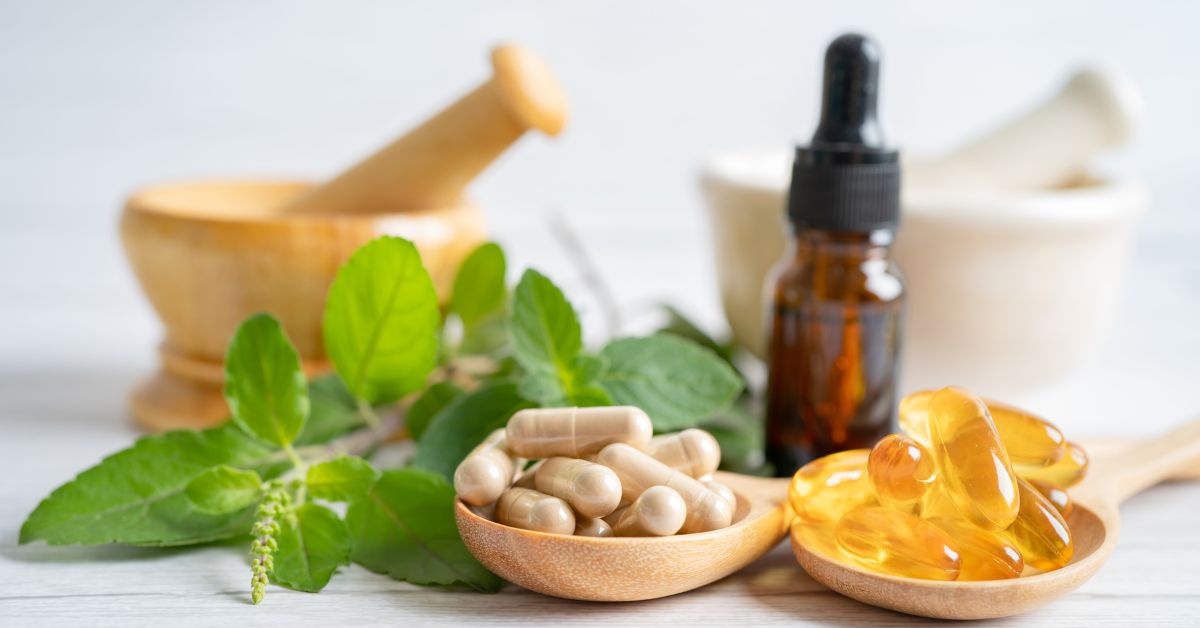What is Alternative Medicine?
In this episode, we will talk about Alternative Medicine. Alternative medicine is a range of medical therapies not regarded as orthodox by the medical profession, such as herbalism, homeopathy, and acupuncture.
What are the different types of Alternative medicines, also known as the practice of complementary and alternative medicine (CAM).
In the U.S., CAM is used by about 38% of adults and 12% of children. Examples of CAM include:
Different Types of Alternative Medicines:
Diet and the most common herbs
According to the National Center for Complementary and Integrative Health (NCCIH)
In the 2012 National Health Interview Survey (NHIS), researchers determined that 17.7 percent of American adults had used a dietary supplement other than vitamins and minerals in the past year.
- Dietary supplements
- Herbal medicine
- Nutrition/diet
Over the centuries, man has gone from a simple diet consisting of meats, fruits, vegetables, and grains, to a diet that often consists of foods rich in fats, oils, and complex carbohydrates. Nutritional excess and deficiency have become problems in today’s society. Both of these issues lead to both acute and chronic diseases. The goal is to balance the body’s nutritional well-being. Dietary and herbal approaches may include:
Often sold dietary supplement form or natural products may include herbs, probiotics, antioxidants, omega-3 fatty acids, chemicals such as glucosamine sulfate and chondroitin sulfate (two supplements said to aid in the treatment of osteoarthritis), and a variety of other substances.
Traditional alternative medicine
This field includes the more mainstream and accepted forms of therapy, such as acupuncture, homeopathy, and Oriental practices. These therapies have been practiced for centuries worldwide. Traditional alternative medicine may include:
- Acupuncture
- Homeopathy
- Naturopathy
- Oriental medicine
-
- To restore the body’s balance and harmony between the opposing natural forces of yin and yang, which can block qi (chee) that causes disease.
- Qi, vital energy, is said to flow along channels called meridians and help the body to maintain health. In acupuncture, needles puncture the skin to tap into any of the hundreds of points on the meridians where the flow of qi can be redirected to restore health.
-
What are Meridians?
Simply put, a meridian is an ‘energy highway’ in the human body. Meridians can be mapped throughout the body; they flow within the body and not on the surface, meridians exist in corresponding pairs, and each meridian has many acupuncture points along its path.
The 12 standard meridians are divided into Yin and Yang groups. The Yin meridians of the arm are Lung, Heart, and Pericardium. The Yang meridians of the arm are the Large Intestine, Small Intestine, and Triple Burner. The Yin Meridians of the leg are Spleen, Kidney, and Liver.
Mind-body (2nd most commonly used)
Mind
Even standard or conventional medicine recognizes the power of the connection between mind and body. Studies have found that people heal better with good emotional and mental health. Therapies using the mind may include:
- Meditation
- Biofeedback
- Hypnosis
Hypnotherapy is a popular type of mind-body therapy. Also known as hypnosis, it’s been found to promote weight loss, alleviate back pain, and aid in smoking cessation in some scientific studies.
Meditation is used to achieve healthier blood pressure and sounder sleep. There’s also evidence that meditation may benefit people struggling with chronic pain, anxiety, fears, and depression.
Body
Touch has been used in medicine since the early days of medical care. Body techniques are often combined with mindfulness. Examples of body therapies include:
- Chiropractic and osteopathic medicine
- Massage
- Body movement therapies
- Tai chi
- Tai chi can boost upper- and lower-body flexibility as well as strength. Balance. According to some studies, Tai chi improves balance and reduces falls. … Tai chi helps train this sense, a function of sensory neurons in the inner ear and stretch receptors in the muscles and ligaments.
- Yoga
External energy
The belief is external energies from objects, or other sources directly affect a person’s health. An example of external energy therapy is:
- Reiki: Reiki is a form of alternative medicine called energy healing. Reiki practitioners use a technique called palm healing or hands-on healing, through which a “universal energy” is said to be transferred through the palms of the practitioner to the patient to encourage emotional or physical healing.
- Qigong: Chinese exercise and healing technique that involves meditation, controlled breathing, and movement exercises.
Practitioners of energy therapies often aim to manipulate biofields by applying pressure and/or placing the hands in or through these energy fields.
While such energy fields have not been scientifically proven, there’s some evidence that specific energy therapies may have beneficial effects.
Senses
Some believe the senses, touch, sight, hearing, smell, and taste, can affect overall health. Examples of therapies incorporating the senses include:
- Art
- Dance
- Music
- Visualization and guided imagery
Learn what alternative medicines are here; click on for the full episode 👇👇👇
TIMESTAMPS:
00:00 Intro
00:25 A Moment of Silence
01:17 Welcome to the show
02:40 What are the different types of alternative medicine?
03:34 Diet and Herbs
05:44 Traditional medicine
08:53 Therapies of the mind
12:46 Touch
14:16 Yoga
15:05 Tai Chi
16:52 External Energy
18:20 Reiki
19:57 Senses
23:48 Recap of episode
24:20 A moment of silence
25:13 End of Show

